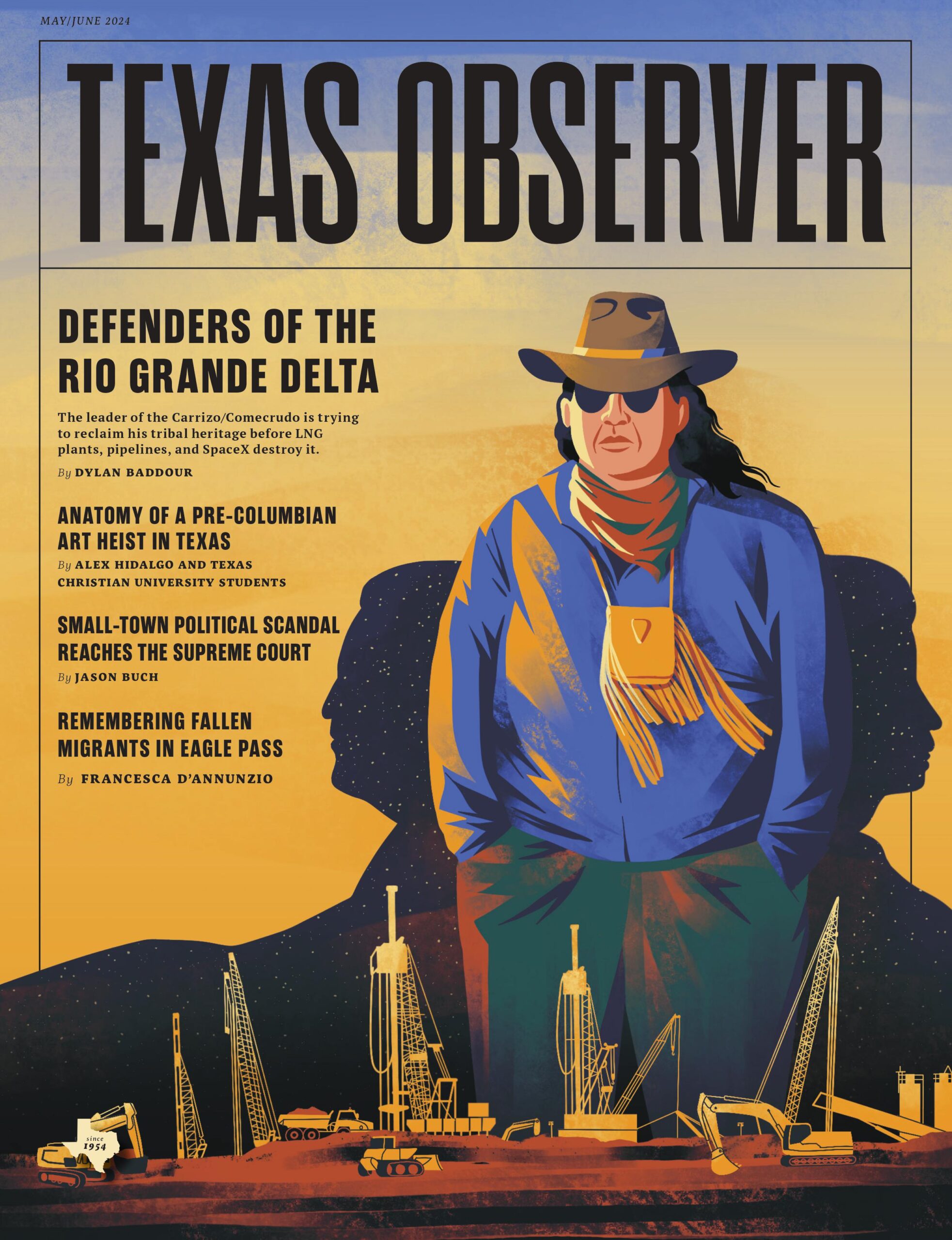ustxtxb_obs_1996_12_06_50_00029-00000_000.pdf
Page 1
Chisos Mountains, Big Bend Hal Wylie BOOKS & THE CULTURE The Universal Southwest Finding the World in Grains of Southwestern Sand BY ELZBIETA SZOKA INHERITANCE OF LIGHT. Edited by Ray Gonzalez. University of North Texas Press. 240 pages. $21.95. ril he “Southwest” is a hot item for fashion and interior designers,’ gourmet chefs, pop musicians, and filmmakers \(is there anybody out there who hasn’t yet seen Southwestern tradition is easy to find in clothing stores and trendy eateries. But books that accurately and movingly express the “Southwestern” spiritat least sufficiently to inspire a buying rush among readersare not so easy to find. Perhaps this is because interest in literature, in a culture dominated by sound and image, is increasingly regarded as an ivory tower occupation. Even if books from or about the Southwest were as commercially visible as Texas BBQ, burritos, alligator boots, Navajo jewelry, or adobe, could a reader identify any unifying “Southwestern” literary trends except frontier mythology and cowboy history? Larry McMurtry, Larry L. King, and Tony Hillerman have each answered, “Yes!” But are there any others? Inheritance of Light, an anthology of poetry edited by San Antonio Chicano poet Ray Gonzalez, begins to answer this question. In his introduction to a collection of seventy-six authors, Gonzalez describes the poems in each of the book’s five parts as having been “set in a flowing sequence based on similar themes and concerns.” And intentionally or not, the poets, not the poems, have been arranged symmetrically. The rela tive number of poets in each thematic sec tion relates directly to the trends that domi nate contemporary poetry from this region. There are fourteen poets in the meta-literary Part One, the “intense opening” as Gonzalez describes it, which contains surrealistic poems about poetry and the creative process. Part Two, which deals with the autobiographical topics of family, growing up, and ancestry, contains works by eight poets. In Part Three, the work of twenty-three poets is devoted to political poems. Part Four \(the most personal and universal, exhibiting the “poets’ reaction to poets. “The emotional closing” of the book, as Gonzalez describes Part Five, brings together twenty-three poets and deals with the eternal literary themes of journeys, reaffirmation, renewal, life, and death. Although some poets could be placed in more than one section, Gonzalez’ s selections seem accurate. The number of poets in Part Two and Part Five suggest that political and transcendental topics are concerns of poets from the Southwest. And there is some connection between these distinct themessuggested by the successful use of metaphor or metonymy. In the “political poems” of Michael Lieberman, Naomi Shihab Nye, and D. F. Brown, for example, each poet moves from the part to the whole, beyond the poem’s specific political or social context. The use of metaphor, in these engaged and thus less abstract or lyrical poems, reinforces both their universality and poetic value. In “Rock,” Shihab Nye juxtaposes images of global violence and suffering with those of glacial movements and earthquakes, concluding with a grand leap from the domestic to the geological: “When my friend’s son died she kept thinking / of all the milkshakes she’d make him / how they were the same color as stars / he drank them for energy before swimming / but now they pooled together / white and cold and far.” In “Bad Moon,” a poetic account of a burglary, she masterfully moves on two levels, contrasting a symbolic enumeration of stolen objects and neighborhood images with an absurdly “poetical” ending: “And the moon, that stinky tooth, bites down on / our sleep.” In some of the transcendent poems in Part Five, James Mardis, Dwight Fullingim, and Lynn D. Gilbert move in the opposite directionfrom the universal whole, to the part, rooted in a specific context. The use of metonymy \(more frequent in helps bring esoteric ideas and DECEMBER 6, 1996 THE TEXAS OBSERVER 29


